How should I orientate my solar panels?
The usual answer would be north–south; and this is how the vast majority of solar panels in the UK, Germany and elsewhere have been installed. However, recent news suggests that solar panels should be considered facing east-west.
Solar panels can produce solar reflections, commonly known as Glint and Glare, which can be a nuisance to residents, road users, pilots, railway drivers, Air Traffic Control (ATC) personnel at airports amongst other receptors.
We have undertaken numerous Glint and Glare assessments in the UK and all the sites were planned to have their panels facing south. In this article we have attempted to undertake a comparison for south facing panels against east and west facing panels to see how the glint and glare results could differ. Previously we’ve used a UK case, but this time we have used one of the largest Solar Parks in the world, Waldpolenz Solar Park in Saxony, eastern Germany.
Case study: Waldpolenz Solar Park
Waldpolenz Solar Park is one of the largest photovoltaic (PV) developments in world. It is comprised of 700,000 solar modules covering an area of 220 hectares having a peak output of 52 MW. An aerial photograph of the site can be seen in Figure 1 below.
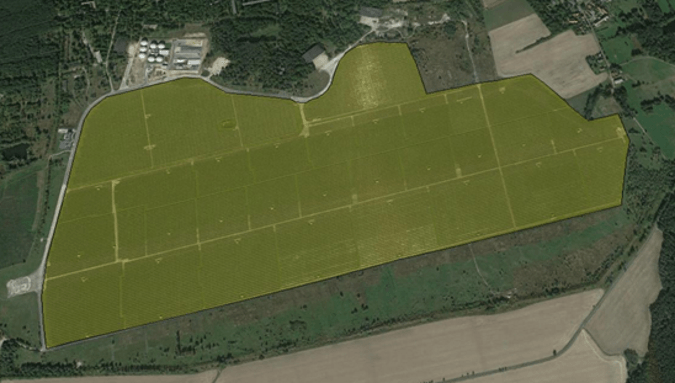 Figure 1: The 700,000 Waldpolenz Solar Panels.
Figure 1: The 700,000 Waldpolenz Solar Panels.
Solar Reflections Analysis
For the modelling exercise we have considered three cases:
- Case 1: The solar panels will be facing south;
- Case 2: The solar panels will be facing west.
- Case 3: The solar panels will be facing east.
For the analysis Pager Power’s Solar Analysis Tool has been used. The following geometric modelling parameters have been considered:
The solar panels have an average height of 1.5m above ground level and an angle of 30 degrees.
Analysis has considered sample locations within the solar farm at 250m equally spaced intervals (21 sample locations).
In total 13 observers/receptors were randomly selected at a distance of 100m from the Waldpolenz Solar Park site boundary; these can be seen in Figure 2 below. A height of 1.8m above ground level has been assumed for all 13 observers/receptors.
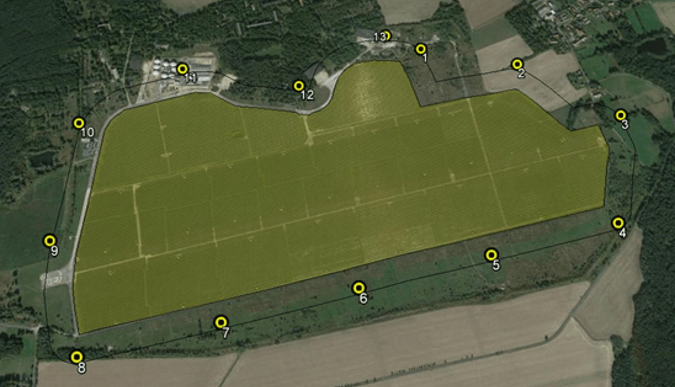 Figure 2: Randomly selected receptor locations.
Figure 2: Randomly selected receptor locations.
Diagrams showing results of the modelling for 4 of the 13 locations can be seen in Figures 3 – 7 below.
Observer/ Receptor 10
Observer/receptor 10 has been displayed below because reflections are theoretically possible for solar panels facing south and west. Figures 3 and 4 show the solar panels facing south or west (yellow circles) where reflections could be experienced for either case.
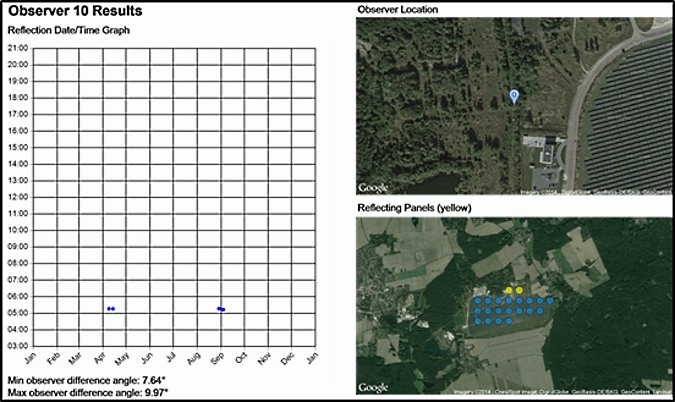 Figure 3: Observer 10 results for solar panels facing south.
Figure 3: Observer 10 results for solar panels facing south.
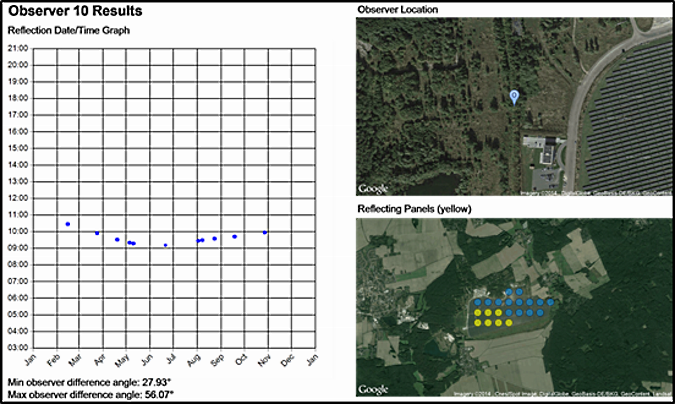 Figure 4: Observer 10 results for solar panels facing west.
Figure 4: Observer 10 results for solar panels facing west.
Observer/receptor 6
Observer/receptor 6 has been displayed below because reflections are theoretically possible for solar panels facing south only. No reflections have been predicted for solar panels facing west or east. Figure 5 below shows the solar panels facing south (yellow circles) that could theoretically cause a reflection to observer/receptor 6.
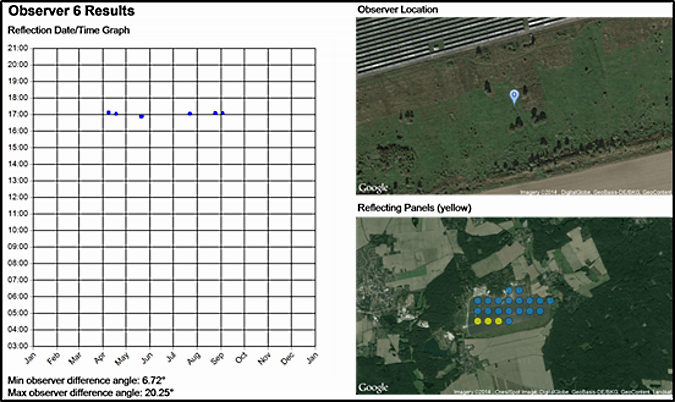 Figure 5: Observer 6 results for solar panels facing south.
Figure 5: Observer 6 results for solar panels facing south.
Observer/receptor 2
Figure 6 below shows the solar panels facing west (yellow circles) that could theoretically cause a reflection to observer/receptor 2.
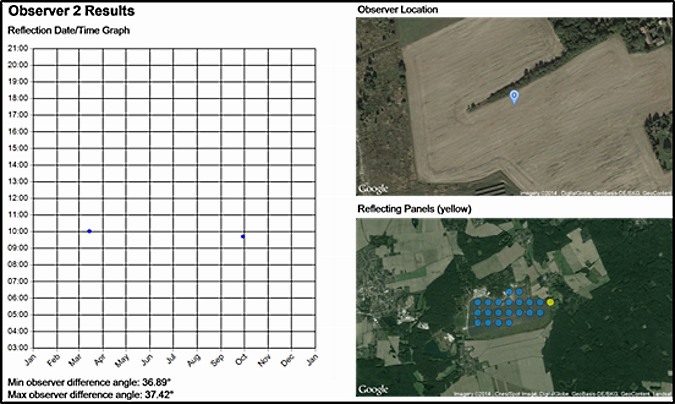 Figure 6: Observer 2 results for Solar Panels facing west.
Figure 6: Observer 2 results for Solar Panels facing west.
Observer/Receptor 13
Figure 7 below shows the solar panels facing east (yellow circles) that could theoretically cause a reflection to observer/receptor 13.
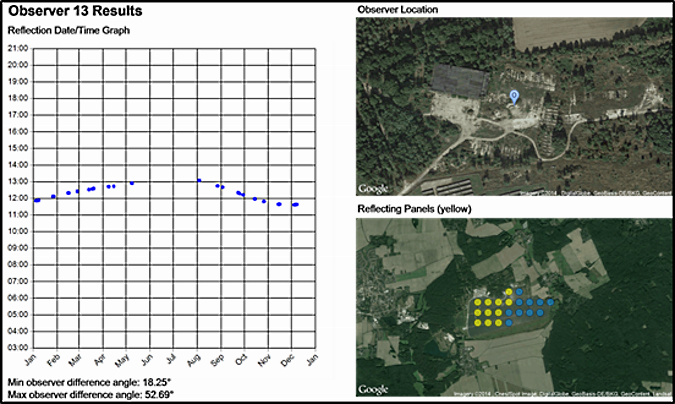 Figure 7: Observer 2 results for Solar Panels facing east.
Figure 7: Observer 2 results for Solar Panels facing east.
Solar Reflections Results Summary
Results of the solar reflections (glint and glare) analysis are summarised in the table below:
|
Observer/Receptor Number |
South (time) |
West (time) |
East (time) |
|
1 |
No valid reflections |
Yes (09:00 – 10:45) |
Yes (11.30 – 13:15) |
|
2 |
Yes (09:30 – 10:00) |
Yes (11.45 – 13:15) |
|
|
3 |
Yes (17:00 – 17:30) |
No valid reflections |
Yes (12.00 – 13:15) |
|
4 |
Yes (16:45 – 17:30) |
No valid reflections |
|
|
5 |
Yes (16:45 – 17:15) |
||
|
6 |
Yes (16:45 – 17:15) |
||
|
7 |
Yes (05:15 – 05:45) |
||
|
8 |
Yes (05:15 – 05:45) |
||
|
9 |
Yes (05:15 – 05:45) |
||
|
10 |
Yes (05:15 – 05:45) |
Yes (09:00 – 10:45) |
|
|
11 |
No valid reflections |
Yes (09:00 – 10:45) |
|
|
12 |
Yes (05:00 – 05:30) |
Yes (09:00 – 10:45) |
Yes (11.45 – 13:15) |
|
13 |
No valid reflections |
Yes (09:00 – 10:45) |
Yes (11.45 – 13:15) |
It can be seen that:
- Case 1: For the south facing panels there could be reflections for 9 of the 13 sample locations;
- Case 2: For the west facing panels there could be reflections for 6 of the 13 sample locations;
- Case 3: For the east facing panels there could be reflections for 5 of the 13 sample locations;
Conclusions
The analysis results have indicated that overall solar panels facing east and west could result in theoretically fewer observers/receptors affected by glint and glare (solar reflections).
When adverse effects from solar panels have been predicted in terms of glint and glare, orientating the solar panels towards east or west could be considered as a potential mitigation option.
References
Google Earth ©2014, Image Landsat (Image ©2014, GeoBasis – DE/BKG)
Waldpolenz Solar Park (last accessed 1/9/2014): http://www.juwi.com/solar_energy.html
